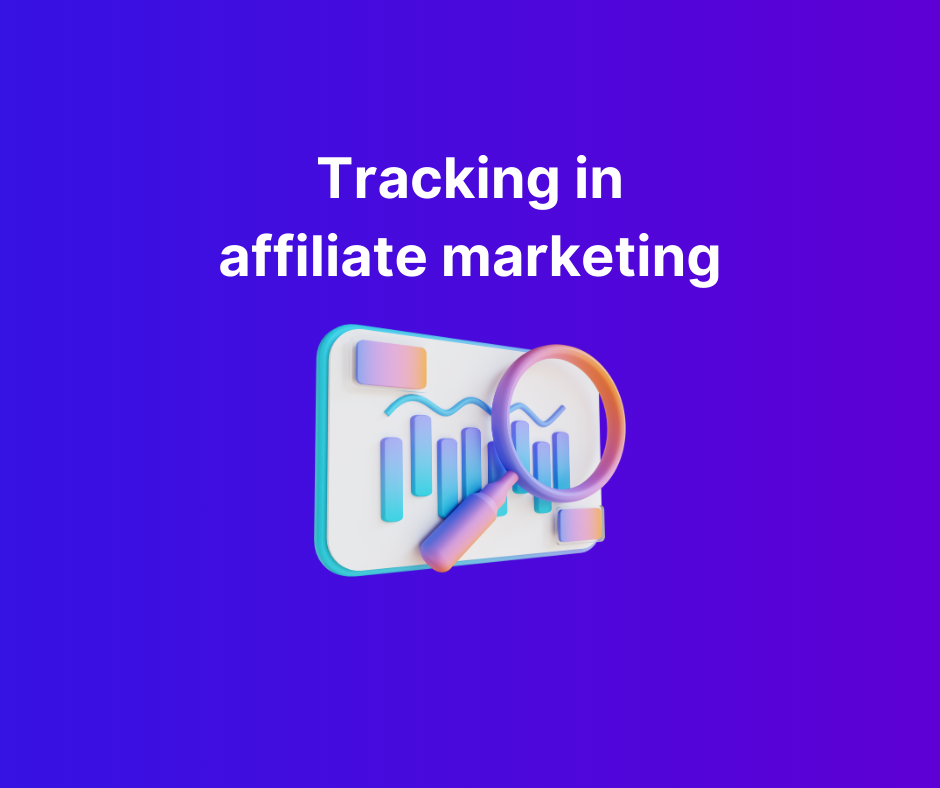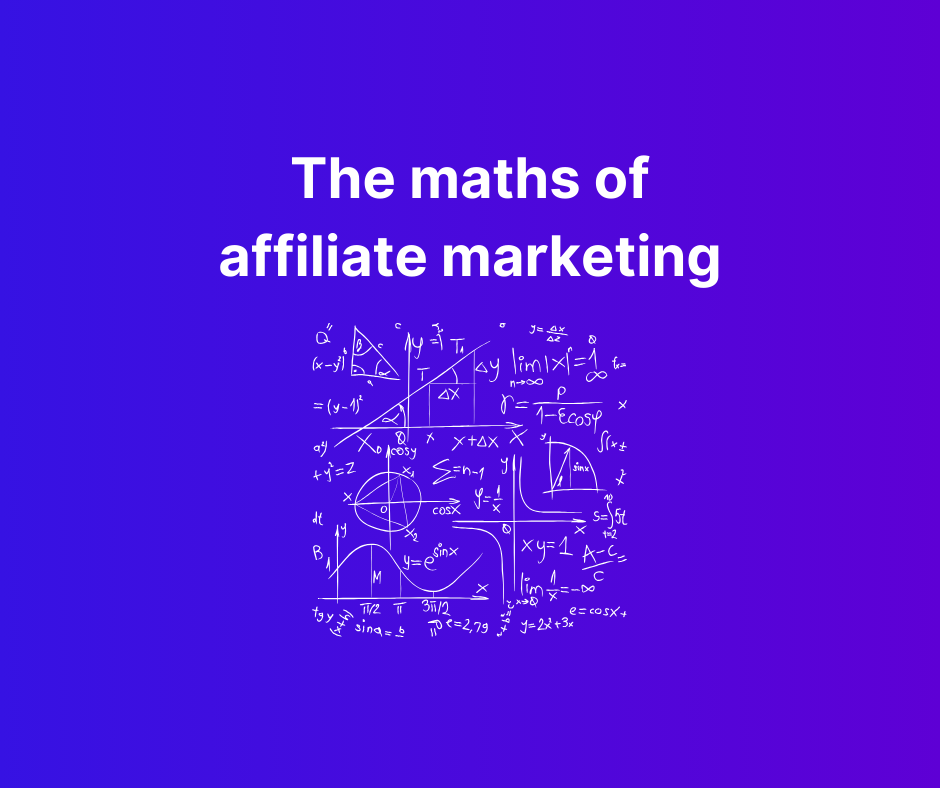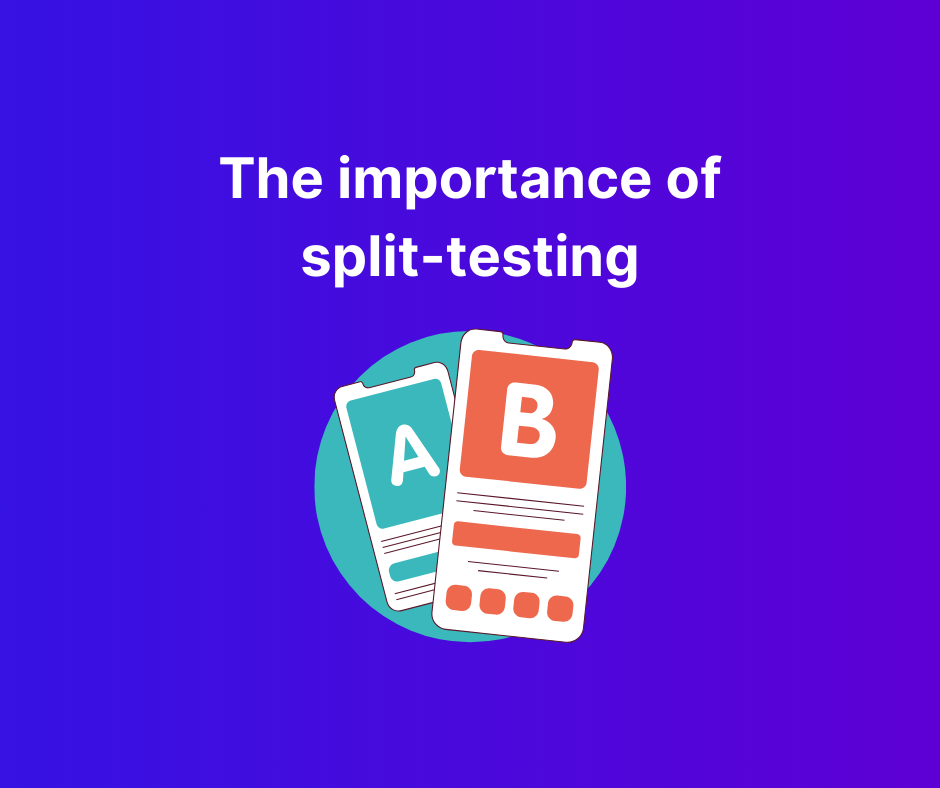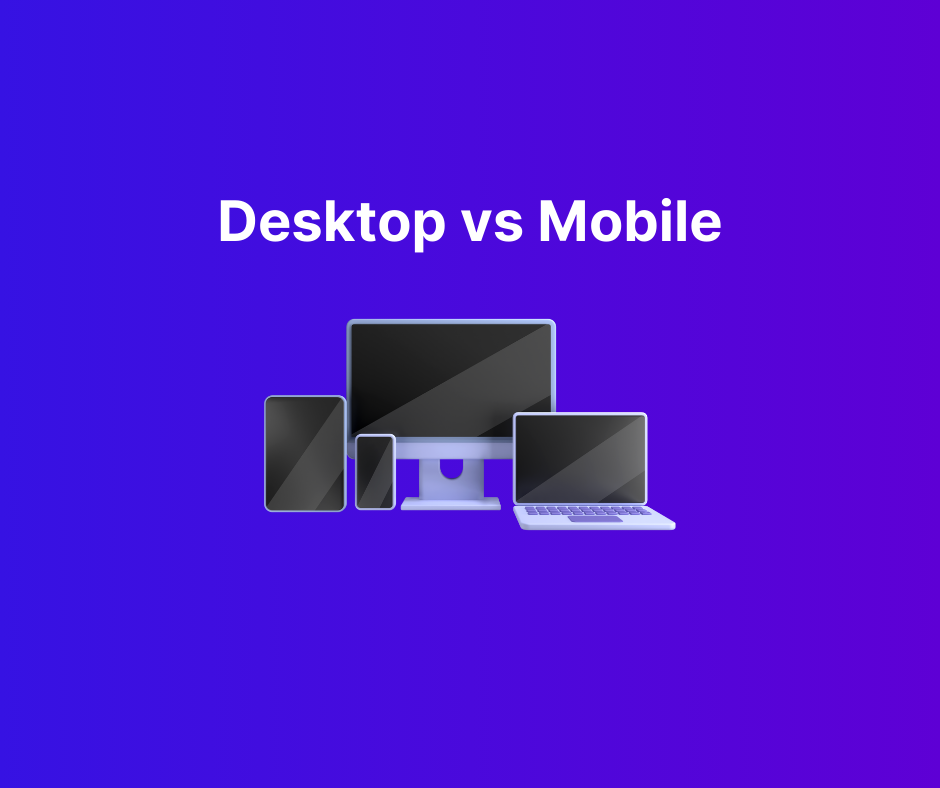Major types of traffic in affiliate marketing
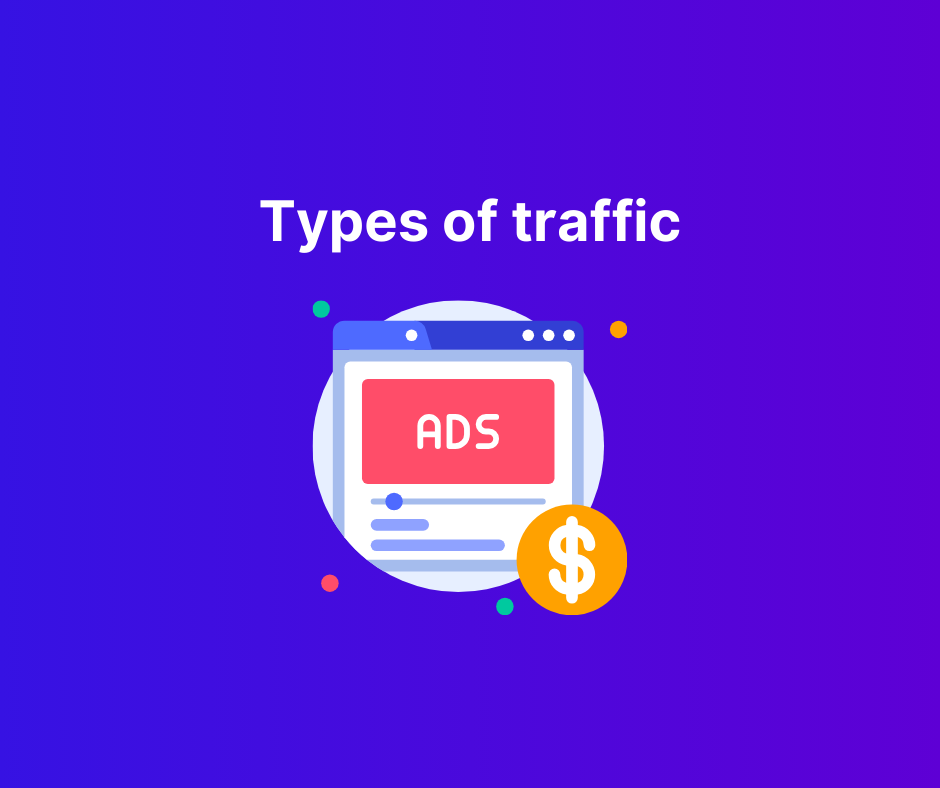
There are literally thousands of different traffic sources that you could be using.
We can class these into various types… though the lines have become a bit blurred in recent years as many sources provide multiple ad types in their search for growth.
In the past there were many sources that were “just display” or “just pops” – now almost every popup source seems to offer other types, every platform offering banners also offers popunders, native ads, video etc.
So, we really should consider traffic sources as the separate companies/platforms you use, and traffic types as the types of ads they are presenting to users.
For your general knowledge, it’s better to understand this distinction – an advertising medium is something persistent and universal, like TV.
A traffic source is some company/platform you are paying for delivering ads on that medium (like a broadcasting company that runs multiple TV channels).
Let’s start with ad types.
Display (banners)
Banners can be JPG/PNGs, animated GIFs, and now even HTML5 content or so called “rich media” ads that use a combination of HTML, CSS and Javascript.
Display advertising is still a huge source of advertising traffic and I’m sure you’ve seen banners every day! (unless you’re sensible and use AdBlock plugins).
Banner sizes used are typically those adopted by the Interactive Advertising Bureau (IAB) who help standardise this industry by setting guidelines and best practices.
Imagine if every site picked its own banner sizes - ad networks would never work!
Here is a graphic showing typical sizes:
They have names like leaderboard, skyscraper and medium banner. Incidentally, these are the most common as well (at least on desktop traffic).
You can check this article if you want a great run down of the different ad sizes and popularity: https://www.eskimi.com/blog/banner-ad-sizes
When it comes to buying display media it’s important to understand the user base of sites used and relevancy to the products being advertised.
It’s easy to burn money on display traffic because of the sheer volume and generally high costs, so one must jump in armed with a budget and very good creatives.
Note that display traffic can be both for desktop and mobile - since it is just banners on some site and this is not intrinsic to a specific device type.
In 2024… I wouldn’t really recommend starting any campaigns on display as a newbie.
They are much less engaging and accessible than other sources like Facebook, Youtube, TikTok etc., and you’ll need a much higher budget in general to test well.
The exception might be adult traffic, where banners on sites are overwhelmingly popular.
Search/contextual
Google needs no introduction. Neither does Bing! Search is a contextual type of traffic where users search for some keywords.
As an advertiser, you target keywords and bid to get your ad displayed to the user when they search for these keywords. The ads that you can make vary, I’m sure you have seen various ad formats on Google.
When people use a search engine, they are looking for some specific piece of information, website, or solution to a problem.
Because of this, search traffic generally has a very high intent associated with the user.
This makes search a suitable traffic source for very specific products and services, as well as high ticket items, i.e. those that have a high purchase cost.
However, this also means that search traffic can be very, very expensive. It is not abnormal for the bids on keywords such as “best car insurance” or “lawyers in New York” to be in the range of $10-50 per click, or more.
If I search for “best lawyer bangkok”, I can be sure there’s going to be ads. In fact, the first three results are:
Since Google is so ubiquitously used, you probably need no introduction to this ad type.
Video
Video has without doubt seen the most growth in advertising usage over the last five years, and this can be attributed to the rise in platforms like Youtube, TikTok, IG reels etc. and the extent to which people consume these media.
Nowadays, people spend an insane amount of time swiping through video content on social platforms. The statistics are shocking.
And thus the number of impressions available on video-based media (especially mobile) have skyrocketed as well.
Software has also improved to make generating video content easier, so it has become a lot more accessible to the average advertiser.
You’re likely quite familiar with typical video offerings:

- Pre-roll, where an ad shows before some content you plan to watch
- In-stream, where it seamlessly plays the ad (often unexpectedly) in the middle of what you are watching
- In-feed, e.g. TikTok/IG where you’re swiping through content and they are one of the feed items
Of course on websites you might have small embedded players, some sites may show a video page interstitial before redirecting you to content, apps might take over your screen with a video ad that you can’t skip for 10 seconds, and so on.
A lot of product sales (especially Ecom) are focused on viral, consumable video content and promotion via influencers.
The incentives are clear – create good video content, leverage virality, use the power of influencers, and a single video can take off and get a lot of organic exposure, far beyond the initial cost.
Lastly, we live in a mobile world now, and video is the main form of content consumption on mobile devices.
Given platforms like Youtube offer the potential to do $xx,xxx/day ad spend on a single product video, it’s no wonder a lot of affiliate marketers have shifted to being video content creation experts.
Native
When we talk about “native” ads we really mean ads that blend into a website, looking like “native” content (hence the name).
The idea behind them is to make ads less intrusive – think “sponsored content” rather than banner ads… and from that, we imply (or hope) that users will find them less intrusive, more clickable, and less like ads overall.
Basically, content recommendation engines that get you clicking on other articles to read, where some of those articles are actually ads (usually going to an article as well, to keep in the theme of content consumption).
If we think about the native term, you could argue that things like FB/IG sponsored posts are native content too – they fit within the platform, look like other content, and only a thin veil separates them from core content.
In the affiliate marketing world, several large traffic sources stand out as the kings of native content, though there are many other sources where “native ads” are an available medium.
Those traffic sources are Taboola, Outbrain , MGID and RevContent. There are others, and of course DSPs/networks that aggregate a lot of providers, but these four are the most well-known in the affiliate industry (and maybe Yahoo Gemini).
You don’t need to go far to find native ads. You can check news websites, or click on any clickbait-ish content on Facebook and check there. E.g. from a news website in the footer:
I’m sure you all recognise these as well. They tend to be content-centric, i.e. embedded within content and positioned as recommended content to continue browsing.
E-mail generally means when you send out emails to people who have registered to a list, e.g. a newsletter.
This is often done using something called an autoresponder and entry-level services include GetReponse, MailChimp, Aweber, etc.
At high volumes, marketers will use SMTP services like Amazon’s Sendgrid, Mandrill, etc.
It is cheap to send emails (at least per email) but the selling process can take weeks, months, even years to recover the cost of getting a user onto a list.
They are, however, a gold mine. There is a common saying in Internet marketing:
“the money is in the list”
On the other hand, it’s also possible to purchase “solo ads”, where you pay for a one off email to someone else’s list. This could be directly negotiated or done through platforms like Udimi, SoloAdsX, etc.
Another form would be sponsored content in email newsletters, which I am sure you have seen as well. These are at the discretion of the list owner so the format, size, cost will always vary.
Typically, these kinds of ads would only be appropriate for brands/services, not for a pure affiliate – as list owners will not want to promote something dodgy, that goes through multiple affiliate redirects and can bounce people to dodgy places, or is not some legitimate product.
After all, they are putting their reputation at risk by putting those ads in their content, to their subscribers.
Now, circling back to direct email (that you send). Email marketing involves a lot of fine tuning of the content that is sent out, and as such, generally requires you to be a good copywriter.
There are also technical issues with mail deliverability, spamming, getting emails put in junk folders, and so on.
If you are running a marketing campaign on any other traffic source and there is potential for you to collect email addresses, then it is definitely something to consider as they can be an invaluable resource moving forward - and one which costs you little to monetise (email sending costs are low).
Though, I wouldn’t venture into email at an early stage unless you have a specific plan to drip feed content to convert your users over time. It’s better suited to the likes of lead generation and requires a lot more thought/setup.
However, in this age of AI, it’s increasingly easy to produce well-written content suitable for email flows – so never discount it.
Popups, popunders, direct navigation
This type of traffic has historically been called PPV because you pay per view of a page.
It’s an archaic term, I would not use it – rather talk about popups, popunders and direct navigation traffic, as pay per view sounds more like a revenue model of someone else paying you.
Most advertising now revolves around CPM bidding modes as well, where you pay per view/impression for… everything! Hence, PPV is not a great term to use.
So where does this traffic type originate from?
Well, some popups come from adware installed on computers like toolbars and stuff bundled with free software.
In the past, notable sources of this were TrafficVance, LeadImpact and 50onRed. But this has largely died out, as browsers clamp down on adware, bundled security software with operating systems blocks them, and users in general become more savvy.
The other source is websites where the site owners place a piece of code that triggers popups, or redirects a % of users away from their site. This is by far the majority and while there’s a lot of blocking by browsers and adblock plugins, they always find ways to get around these and continue working.
Pop-ups have developed into several types:
- Popups, your traditional type that pop into the foreground
- Popunders, which do the same but disappear into the background
- There are also have tab-ups and tab-unders which are similar but open in a tab rather than a new window
Direct navigation is where users are redirected directly to a landing page or site of your choosing when they tried to visit a different site. Basically, redirect interception.
The most common example of this is when you spell a domain name wrong.
Someone will own the misspelt domain name and all monetise it by sending traffic to other places.
Similarly, parked domains are those that have expired and these will be monetised as well.
Though, in recent years, a lot of this domain traffic has been swallowed up by search arbitrage providers, where a dynamic set of ads are served based on keywords (and the domain name/nature), then serving ads from Google advertisers and the like. More on that later.
PPV traffic is amongst the cheapest but lowest quality traffic you can find. It’s plentiful and volume is available in virtually every country on the planet.
Push notifications
Push is a relatively new traffic source, which has developed new ad types over the last few years.
Originally, push was mobile only and involved the typical push notifications you received on your phone – with an app icon and message.
Users would download some app to their device, that app would be given permissions for push notifications and wullah – a route to hitting the user with notifications from the app that are in fact ads from other users.
Now, we have “web push” notifications, where users in Chrome (or other browsers) can agree to receive notifications from a site.
Once that subscription is established, push notifications can be sent day and night even when Chrome is closed. The notifications resemble regular push notifications as well.
However, this is not possible on iOS – there you cannot subscribe to web push and send push notifications.
Web push is also available on desktop devices, allowing sending of quite large, rich media push ads directly to the user’s computer. You may have seen these if you accidentally agree to a subscription on some site.
Want to test it? Grab a Monetizer account, generate a link, and then load it and subscribe your own browser for push notifications. You’ll get some examples in no time.
Now in addition to web push, we also have in-page push.
This is just a basic banner/native ad on websites that is styled to look like a push notification.
It’s not, but it can be more engaging to users, hence its existence. Additionally, it can only happen when they are viewing that site, so there is additional context around where the user is browsing at the time of notification.
On the flipside with push notifications and web push, the original source of the subscription is largely irrelevant to the user.
This is good and bad – on the one hand it makes targeting easier and the traffic becomes quite broad, and you don’t need to care about where the user originally got the push notifications.
On the other hand, it means you have different targeting to usual, and can’t readily target people who are browsing specific categories of sites.
Some traffic sources will provide options for this, but in a general sense, push subscribers are not segmented by where they originally subscribed to receive push notifications.
You can see a great breakdown of what these push ads look like here
SMS
We all know what SMS is – it has become a core part of our daily lives, but often for security messages (like 2FA) and notifications.
With the rise of messaging apps like WhatsApp, Line, Telegram, etc., people use SMS less and less for regular communication.
That being the case, it’s still an extremely effective messaging medium, with much higher view rates than email.

In most cases, everyone checks every SMS they receive. The rates are surprisingly high, and it kinda makes sense - you don’t really expect many SMS now, and every one of them could be important, so you tend to check.
In this sense, SMS is an extremely valuable marketing medium… but it’s much harder to use effectively, with annoying barriers to entry and regulations around usage.
We’ve probably all received spam SMS messages that try to link us to not-so-reputable sites. So unsolicited messages have a bit of a stigma attached, and the penalties/fines for unsolicited SMS are insanely high (any affiliate marketer caught on the wrong side of this by law enforcement is really likely to face bankruptcy).
However if you can legitimately capture mobile numbers, like with emails, and send out legitimate messages, it can be a very profitable approach.
Platforms have arisen to make this easier, and email platforms like Mailchimp, Customer.io etc. have expanded to include SMS options.
The main limitations (besides sending cost and legal issues) are the small character limits with SMS and the fact it’s all basic text. So it’s best suited for campaigns where you are capturing users with reasonable intent and follow-up to push leads over the line.
I wouldn’t generally recommend going near SMS as a new affiliate marketer, and if you want to run pure affiliate campaigns (e.g. involving networks), I’d be much more careful with the approach.
Sending people directly to affiliate links from SMS could be a fast-ticket to problems – the same can be said for email to be fair.
Search arbitrage
This is more of an approach than a type of ad, but it really deserves its own section given its rise in popularity in recent years.
Search arbitrage means exactly that – arbitraging search.
In a nutshell, it involves driving traffic to pages, provided by search arbitrage networks, that monetise clicks to ads on that page. Those ads are text-based and generated from Google/Yahoo etc. data behind the scenes.
On clicking one of these, the user is actually clicking an ad from someone advertising on Google search (unbeknownst to them or the advertiser), and going to their ad destination.
You can rationalise it like this:
- People deploy search ads on Google, with some title, keywords, etc.
- Google wants to expand their traffic/impressions and find new sources of clicks, since they make money from this > charging the advertiser per click
- Search arbitrage providers such as Sedo will plug into a Google feed where they can get a list of ads to serve, based on some dynamic parameters. E.g. they pass in a keyword of “best lawyers texas” and Google returns ads that they would serve on Google.com, if the search was to happen there
- The search arbitrage provider has affiliates, like you, who drive traffic to their dynamic pages (kind of like parked domain pages). They require you to pass parameters like referrer, headline/keywords, and so on so they can, in real-time, dynamically source ads to serve
- A user clicks your ad on some traffic source → gets redirected to a search arbitrage page → potentially clicks an ad
- When an ad click happens, some advertiser pays Google for the click. Google pays the search arbitrage provider. They pay you. Everyone takes a cut.
Sounds convoluted? It can be. Here’s a diagram to make it clearer:
So how are affiliates making this work?
Often by running ads on native, TikTok etc. where the ad is relevant to some niche/area. Imagine UGC content in TikTok about some teeth whitening deal. Then on click, it goes to some link that passes “best teeth whitening texas” into it → the arbitrage service passes this to Google, renders relevant ads.
Now if the user clicks one of these ads, which will be for legitimate advertisers on Google bidding on these keywords, Google makes money from the click.
Money gets passed to the search arbitrage provider, and ultimately to you.
It has exploded in popularity because of how scalable it can be, because the backend offer is effectively an unlimited pool of real Google advertisers – no real cap.
However, it has become extremely compliance heavy (doesn’t take long for affiliates to ruin the party), and has high barriers to entry.
Many of these arbitrage sources require proof of existing activity and may only want to work with clients who can immediately bring >10k USD spend per month.
Additionally, tracking and management can be quite complex, real-time accurate revenue is not available (it’s estimated and finalised at different intervals later), and newer page/feed types are even more annoying to track.
Known search arbitrage providers include:
- Sedo
- Tonic
- System1
- DomainActive
- Ads.com
If you’re new to affiliate marketing, search arbitrage may be a bit of a non-starter, and it can be difficult to understand with the technical complexity.
Additionally, you’re not really adding much value here other than driving traffic to some page, so many may find it doesn’t suit their palate, and as an initial starting point you’re unlikely to generate much knowledge of how affiliate marketing works in a general sense.


